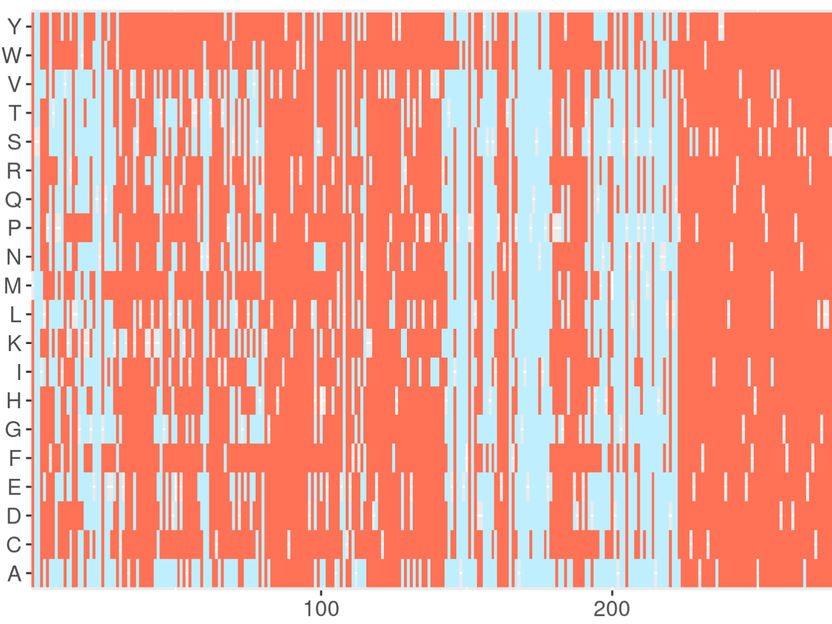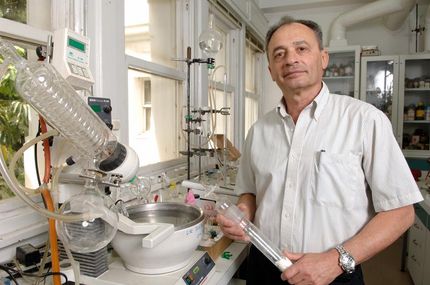Singapore researchers first to transform carbon dioxide into methanol
'Green' method for sequestration and conversion of greenhouse gas
Scientists at Singapore's Institute of Bioengineering and nanotechnology (IBN) have succeeded in unlocking the potential of carbon dioxide - a common greenhouse gas - by converting it into a more useful product.
In the international chemistry journal Angewandte Chemie, the IBN researchers report that by using organocatalysts, they activated carbon dioxide in a mild and non-toxic process to produce methanol, a widely used industrial feedstock and clean-burning biofuel.
Organocatalysts are catalysts that are comprised of non-metallic elements found in organic compounds. NHCs such as IMes (1,3-bis-(2,4,6 trimethylphenyl)imidazolylidene) are a form of organocatalysts that are stable and easily stored. They do not contain toxic heavy metals and can be produced easily without high costs.
The scientists made carbon dioxide react by using N-heterocyclic carbenes (NHCs), a novel organocatalyst. In contrast to heavy metal catalysts that contain toxic and unstable components, NHCs are stable, even in the presence of oxygen. Hence, the reaction with NHCs and carbon dioxide can take place under mild conditions in dry air.
The IBN scientists showed that only a small amount of NHC is required to induce carbon dioxide activity in a reaction. "NHCs have shown tremendous potential for activating and fixing carbon dioxide. Our work can contribute towards transforming excess carbon dioxide in the environment into useful products such as methanol," said Siti Nurhanna Riduan, IBN Senior Lab Officer, who is also pursuing her Ph.D. under the Scientific Staff Development Award at IBN, one of the research institutes of Singapore's A*STAR (Agency for Science, Technology and Research).
Hydrosilane, a combination of silica and hydrogen, is added to the NHC-activated carbon dioxide, and the product of this reaction is transformed into methanol by adding water through hydrolysis.
Yugen Zhang, Ph.D., IBN Team Leader and Principal Research Scientist, explained, "Hydrosilane provides hydrogen, which bonds with carbon dioxide in a reduction reaction. This carbon dioxide reduction is efficiently catalyzed by NHCs even at room temperature. Methanol can be easily obtained from the product of the carbon dioxide reaction. Our previous research on NHCs has demonstrated their multiple applications as powerful antioxidants to fight degenerative diseases, and as effective catalysts to transform sugars into an alternative energy source. We have now shown that NHCs can also be applied successfully to the conversion of carbon dioxide into methanol, helping to unleash the potential of this highly abundant gas."
Previous attempts to reduce carbon dioxide to more useful products have required more energy input and a much longer reaction time. They also require transition metal catalysts, which are both unstable in oxygen and expensive. Ongoing research at IBN aims to find cheap alternatives for the hydrosilane reagent so that the production of methanol can be even more cost-effective for mass industrial production.
"At IBN, we are innovating effective methods of generating clean energy using green chemistry and nanotechnology. In the face of environmental pollution, global warming and increasing demands on diminishing fossil fuel resources, we hope to provide a viable alternative energy option for industry, and effective sequestration and conversion of carbon dioxide," said IBN Executive Director. Jackie Y. Ying, Ph.D.
Original publication: Yugen Zhang et al.; "Conversion of Carbon Dioxide to Methanol with Silanes over N-Heterocyclic Carbene Catalysts"; Angewandte Chemie International Edition 2009, Volume 48 Issue 18, Pages 3322 - 3325
Topics
Organizations
Other news from the department science

Get the analytics and lab tech industry in your inbox
By submitting this form you agree that LUMITOS AG will send you the newsletter(s) selected above by email. Your data will not be passed on to third parties. Your data will be stored and processed in accordance with our data protection regulations. LUMITOS may contact you by email for the purpose of advertising or market and opinion surveys. You can revoke your consent at any time without giving reasons to LUMITOS AG, Ernst-Augustin-Str. 2, 12489 Berlin, Germany or by e-mail at revoke@lumitos.com with effect for the future. In addition, each email contains a link to unsubscribe from the corresponding newsletter.
Most read news
More news from our other portals
Last viewed contents
Bio Nano Consulting partner develops novel nanolitre scale technique
Varian, Inc. Launches New Dissolution Tester With Direct Vessel Heating

New tool facilitates clinical interpretation of genetic information

























































